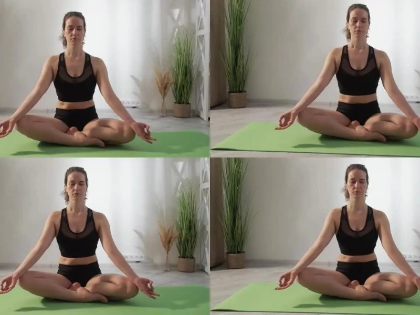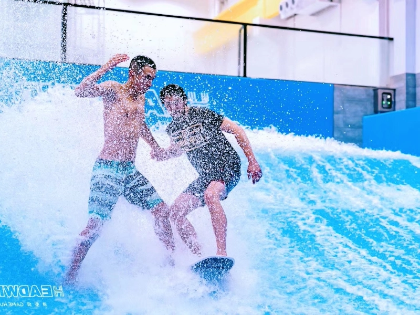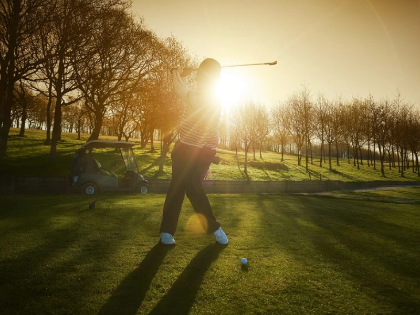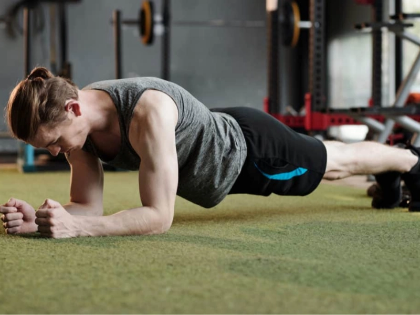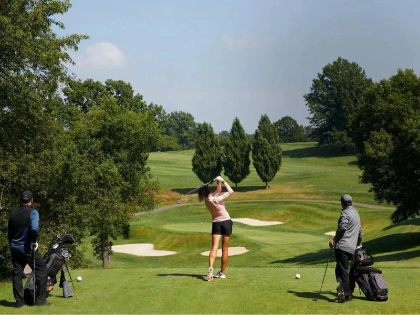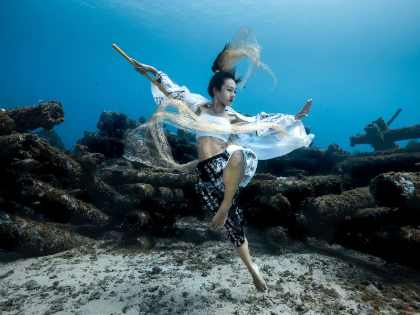Adaptive Surfing: Making Wave Riding Accessible For All
Those who cannot stand yet can nonetheless have fun surfing an ocean wave. Surfing's transforming force can raise self-esteem and confidence, therefore enhancing quality of life. Knowing disability enables people to modify tools and approaches for a safe and enjoyable surfing experience. Crucially also is working with an instructor who interfaces with medical experts.
Establishing Confidence
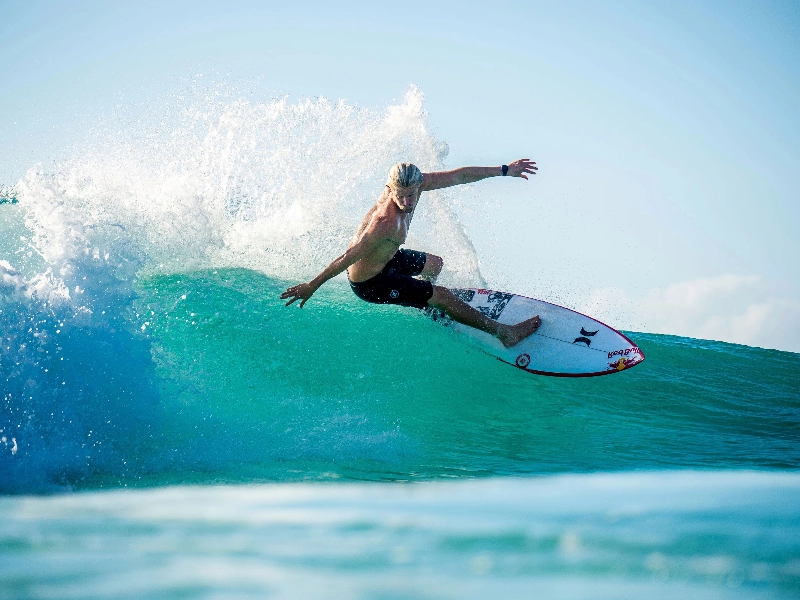
Changing Tools and Approaches
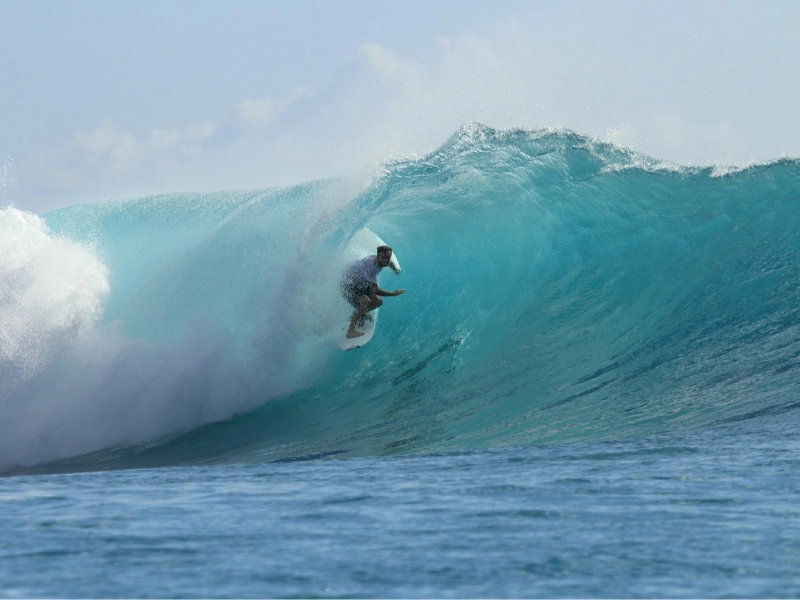 One physically demanding sport requiring a variety of equipment and specific methods is surfing. The adapted surfing community welcomes people of all abilities, therefore promoting diversity and a positive attitude.
People with disabilities could have sensory difficulties that affect their capacity to enjoy and achieve in the water. Using imagery, fear management, and a supporting network, adaptive surfers learn to negotiate these challenges.
Enquire about the relationships of an instructor with healthcare experts like occupational therapists and physical therapists focused in adaptive sports. These partnerships help teachers to better grasp medical conditions that might affect someone's surfing experience.
One physically demanding sport requiring a variety of equipment and specific methods is surfing. The adapted surfing community welcomes people of all abilities, therefore promoting diversity and a positive attitude.
People with disabilities could have sensory difficulties that affect their capacity to enjoy and achieve in the water. Using imagery, fear management, and a supporting network, adaptive surfers learn to negotiate these challenges.
Enquire about the relationships of an instructor with healthcare experts like occupational therapists and physical therapists focused in adaptive sports. These partnerships help teachers to better grasp medical conditions that might affect someone's surfing experience.
Looking at and evaluating ocean conditions
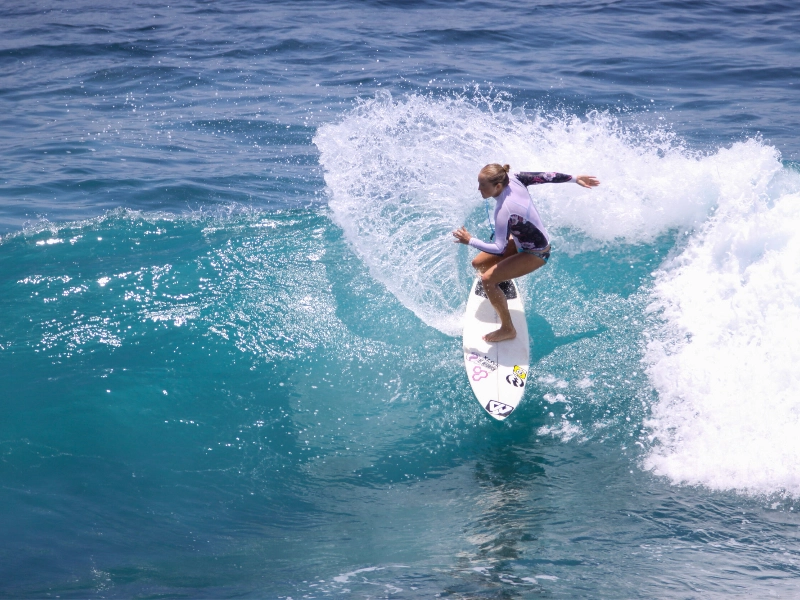 To maximise their experience, aspirant adaptive surfers must be knowledgeable in water conditions. Knowing the strength and speed of waves as well as how tidal patterns affect water depth and wave quality can enable surfers to stay out of possibly dangerous circumstances.
Adaptive surfers also need to be aware of "the right of way" when running across other surfers on the queue. According to this idea, surfer nearest to breaking wave peak has priority.
By means of social media groups and online forums providing recommendations, testimonies, and community connections, surfers with disabilities can learn about the subtleties of surfing.
To maximise their experience, aspirant adaptive surfers must be knowledgeable in water conditions. Knowing the strength and speed of waves as well as how tidal patterns affect water depth and wave quality can enable surfers to stay out of possibly dangerous circumstances.
Adaptive surfers also need to be aware of "the right of way" when running across other surfers on the queue. According to this idea, surfer nearest to breaking wave peak has priority.
By means of social media groups and online forums providing recommendations, testimonies, and community connections, surfers with disabilities can learn about the subtleties of surfing.
Growing Body Positioning Skills
 To stay free from injury and keep control over the board, surfing calls for exact body alignment. Instructors and mentors in adaptive surfing can offer direction to assist people acquire these abilities, therefore promoting personal development and confidence in the process.
Maintaining safety and understanding in the ocean also depends on developing good communication abilities. Clear hand gestures and verbal cues can help to avoid misinterpretation and promote a positive lineup atmosphere.
Often received with open arms and a feeling of community by their peers, adaptive surfers By demonstrating that disabilities do not restrict a person's capacity to engage in exciting activities, this sense of inclusion promotes a change in society views.
To stay free from injury and keep control over the board, surfing calls for exact body alignment. Instructors and mentors in adaptive surfing can offer direction to assist people acquire these abilities, therefore promoting personal development and confidence in the process.
Maintaining safety and understanding in the ocean also depends on developing good communication abilities. Clear hand gestures and verbal cues can help to avoid misinterpretation and promote a positive lineup atmosphere.
Often received with open arms and a feeling of community by their peers, adaptive surfers By demonstrating that disabilities do not restrict a person's capacity to engage in exciting activities, this sense of inclusion promotes a change in society views.
Acquiring Proprioception
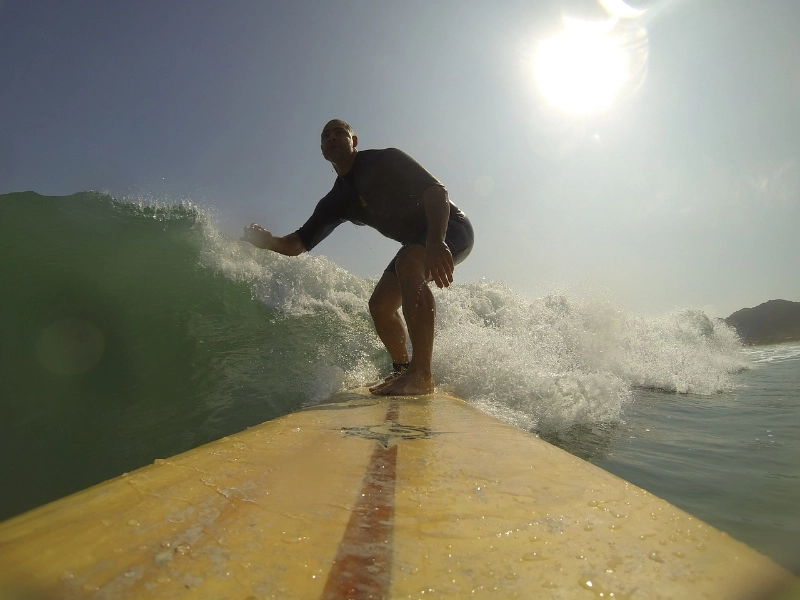 For those with disabilities, surfing offers a rich sensory experience that can help. The tactile qualities of the sea, the sound of breaking waves, and the salt scent help balance and motor control. Furthermore helping people to develop resilience and a connection with the water is surfing.
Anticipating where a wave will break will enable adaptive surfers to arrange themselves in the lineup correctly. Good paddlers also help with timing and posture.
Safety depends on one knowing of marine life and other possible threats in the ocean. Adaptive surfers should know about tidal patterns and bottom conditions—sandy or rock—of their local surf areas.
For those with disabilities, surfing offers a rich sensory experience that can help. The tactile qualities of the sea, the sound of breaking waves, and the salt scent help balance and motor control. Furthermore helping people to develop resilience and a connection with the water is surfing.
Anticipating where a wave will break will enable adaptive surfers to arrange themselves in the lineup correctly. Good paddlers also help with timing and posture.
Safety depends on one knowing of marine life and other possible threats in the ocean. Adaptive surfers should know about tidal patterns and bottom conditions—sandy or rock—of their local surf areas.
Establishing Timing and Positioning Techniques
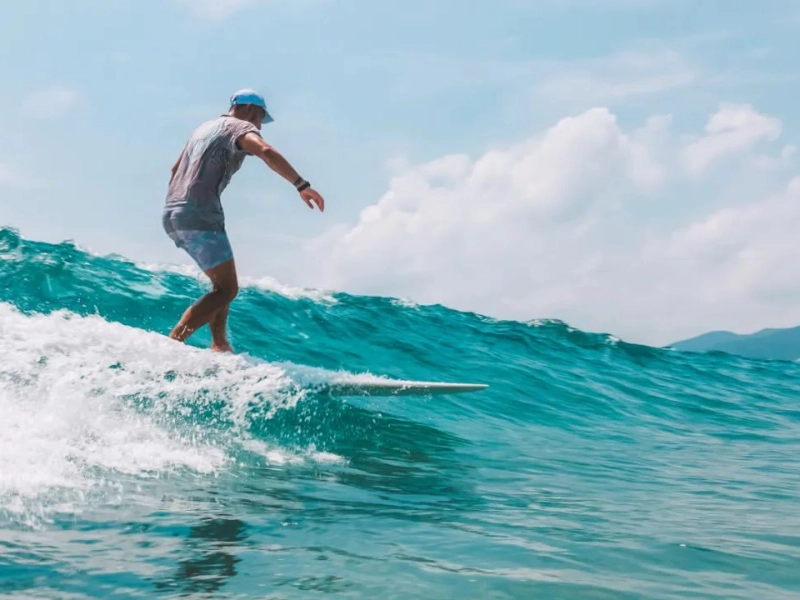 Adaptive surfers have to be aware of and know ocean conditions if they are to negotiate the sea safely. These comprise wave frequency, size, and rips and currents existence. Navigating surf sites and lowering the danger of damage also depend on an awareness of the bottom conditions of the ocean—sand, rock, reef.
To interact with other surfers on the lineup, adaptive surfers also have to hone good communication abilities. This promotes inclusion and support as well as helps to keep line-up safety and order. Using visual signals, hand gestures, and vocal communication techniques helps every surfer in the lineup to understand one another.
Adaptive surfers have to be aware of and know ocean conditions if they are to negotiate the sea safely. These comprise wave frequency, size, and rips and currents existence. Navigating surf sites and lowering the danger of damage also depend on an awareness of the bottom conditions of the ocean—sand, rock, reef.
To interact with other surfers on the lineup, adaptive surfers also have to hone good communication abilities. This promotes inclusion and support as well as helps to keep line-up safety and order. Using visual signals, hand gestures, and vocal communication techniques helps every surfer in the lineup to understand one another.
Creating a Help System
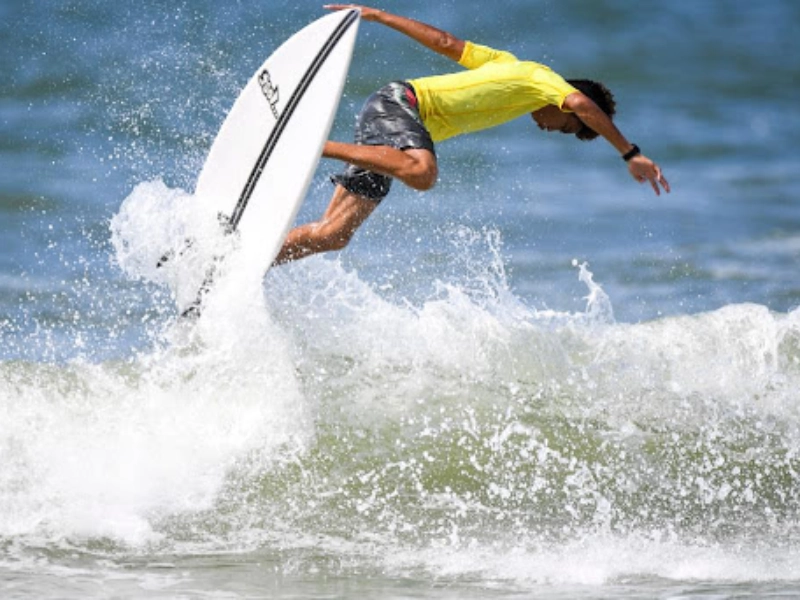 By means of the shared experience of thrilling physical exercise and a deep connection to the ocean, adaptive surfing communities promote social integration and emotional wellbeing. By shattering preconceptions about disability and pushing one another outside their comfort zones, adapted surfers help to create a more inclusive society.
Developing confidence and mental preparation is about realising and embracing constraints, creating reasonable goals, seeing success, controlling anxiety, and building a supportive system. These abilities enable adaptive surfers to get over challenges and follow their aspirations. They also help with their general well-being and sense of fulfilment; this is usually improved by the endorphin release following a good surfing session.
By means of the shared experience of thrilling physical exercise and a deep connection to the ocean, adaptive surfing communities promote social integration and emotional wellbeing. By shattering preconceptions about disability and pushing one another outside their comfort zones, adapted surfers help to create a more inclusive society.
Developing confidence and mental preparation is about realising and embracing constraints, creating reasonable goals, seeing success, controlling anxiety, and building a supportive system. These abilities enable adaptive surfers to get over challenges and follow their aspirations. They also help with their general well-being and sense of fulfilment; this is usually improved by the endorphin release following a good surfing session.

